ActiveOutdoorsOutdoor Tech3 mistakes everyone makes when using a telescopeNot getting the results you expected from your astronomical adventures? Learn what not to do and you’ll be halfway to the starsWhen you purchase through links on our site, we may earn an affiliate commission.Here’s how it works.
ActiveOutdoorsOutdoor Tech3 mistakes everyone makes when using a telescopeNot getting the results you expected from your astronomical adventures? Learn what not to do and you’ll be halfway to the starsWhen you purchase through links on our site, we may earn an affiliate commission.Here’s how it works.
Not getting the results you expected from your astronomical adventures? Learn what not to do and you’ll be halfway to the stars
When you purchase through links on our site, we may earn an affiliate commission.Here’s how it works.
(Image credit: Unsplash / Greg Rakozy)
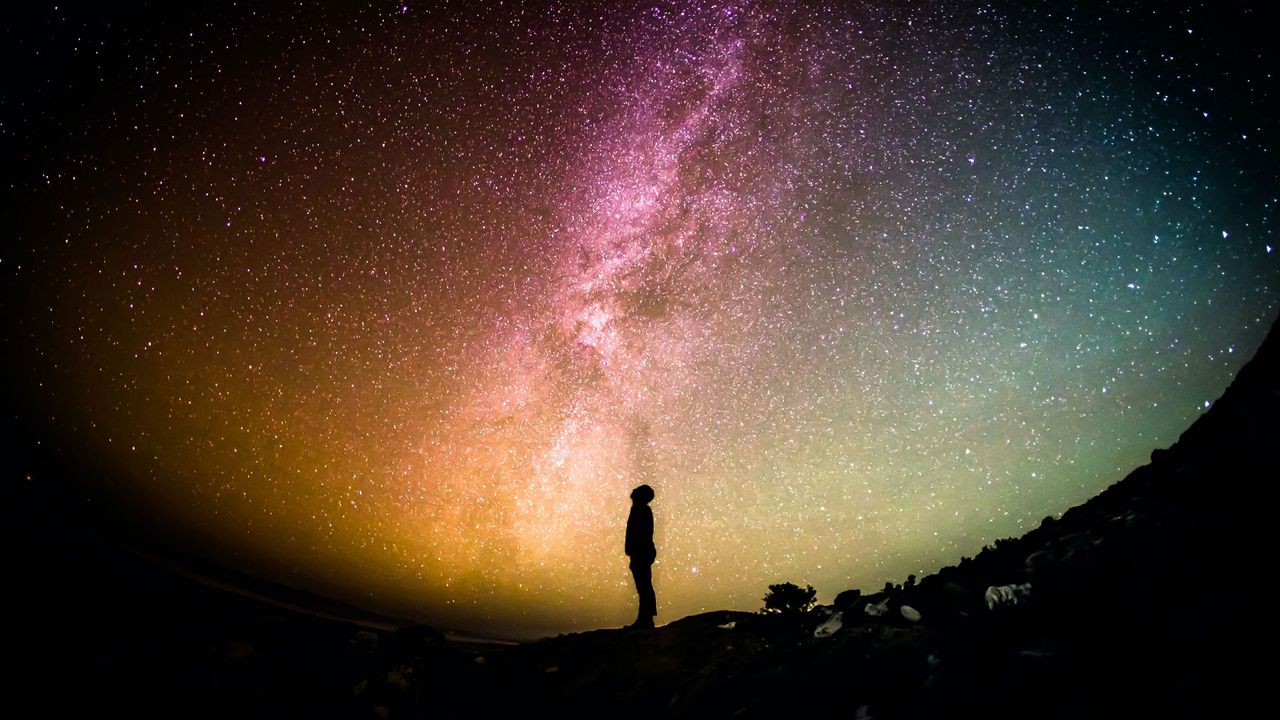
(Image credit: Unsplash / Greg Rakozy)
So you’ve made the plunge, bought a telescope and now you’re ready to begin your journey into the deep sky. Now what? For many new telescope owners it’s a steep learning curve, with initial excitement quickly turning into a realisation that things are a little more complicated than it says on the box.
Astronomy using a telescope requires time, patience and an understanding of the capabilities and limits of your equipment; merely having thebest telescopeor thebest telescope for beginnersisn’t enough to get great results. Here are three mistakes everyone makes when using a telescope for the first time:
1. Having sky-high expectations
(Image credit: Unsplash / Shlomo Shalev)

(Image credit: Unsplash / Shlomo Shalev)
These ‘faint fuzzies’ make up an incredibly varied list of objects that form the backbone of all observing, but they often require lengthy observations to appreciate. They’re also prone to becoming even harder to see under light-polluted night skies. It’s much easier to see nebulae and galaxies when under a dark rural sky, so when buying a telescope think about whether you might want to transport it.
2. Using too much magnification
(Image credit: Unsplash / Jennifer Lim Tamkican)
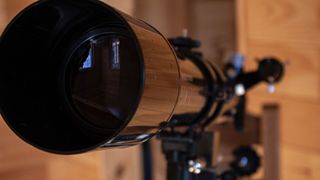
(Image credit: Unsplash / Jennifer Lim Tamkican)
Magnification isn’t everything. It’s the size (aperture) of a telescope’s main lens or mirror – which determines the amount of light that it lets in – that’s decisive in terms of the level of detail it can display, but that’s fixed. So no matter what eyepiece you put onto it you’re going to get the same amount of detail, only magnified.
Typically you’ll get a low power 25mm (or similar) eyepiece with a telescope, which is for finding an object. Then you’ll usually switch to a high-power eyepiece – perhaps 10mm for a close-up. Beginners then often add a Barlow lens, which doubles the magnification of any eyepiece. However, it’s very often the case that the wider field view of, say, Saturn’s rings will be more pleasing than the blurry close-up.
Sign up to the T3 newsletter for smarter living straight to your inbox
Get all the latest news, reviews, deals and buying guides on gorgeous tech, home and active products from the T3 experts
In the long term it’s wise to invest in better quality eyepieces, but there’s a reason why professional astronomers have huge light-collecting telescopes. So the bigger your telescope, the better the detail for any given eyepiece.
3. Not observing regularly
(Image credit: Unsplash / Jim Strasma)
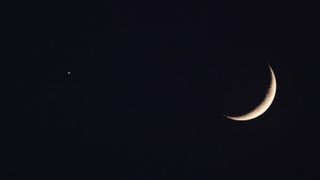
(Image credit: Unsplash / Jim Strasma)
You’re not going to learn much nor build your expertise and enthusiasm if you only take out your telescope once a year. Take some time to learn the phases of the Moon, which will inform you not only when you’ll be able to point your telescope at it, but also when you won’t. Moonless skies occur between Last Quarter Moon and New Moon, which is seven nights (plus a few either side where the Moon rises late or sinks early). That’s your prime telescope (and stargazing) window, so mark it in your diary and plan to take full advantage of any clear skies you have.
It’s also worth having a look where the planets are and when they’re going to be visible where you are, particularly Jupiter, Saturn, Mars and Venus. The outer planets come to ‘opposition’ once per year – when they align with the Earth and the Sun, so appear at their biggest and brightest – which is when you should observe them (and for about a month or two either side).

Nutritionist reveals 3 foods you should eat before bed to stay warmStruggling to stay warm during the night? Try eating some of these
Struggling to stay warm during the night? Try eating some of these

R.A.D unveils the next generation of its iconic workout shoe with a redesigned upper and more cushioningThe first look at the R.A.D One V2 is officially here with a fresh new look and various tweaks
The first look at the R.A.D One V2 is officially here with a fresh new look and various tweaks
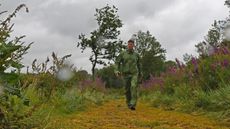
Columbia Wyldwood Waterproof Hiking Shell review: the most waterproof (and shiny) jacket I’ve ever wornIt might not have the matt finish most people expect from a jacket, but the Wyldwood really shines when it comes to protecting you from wet and windy weather
It might not have the matt finish most people expect from a jacket, but the Wyldwood really shines when it comes to protecting you from wet and windy weather
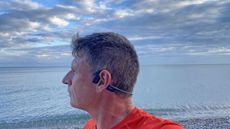
Shokz OpenRun Pro 2 review: Smart bone conduction headphones with enhanced bassShokz’s headphones changed my opinion about running while listening to music, and now I struggle to go out without them
Shokz’s headphones changed my opinion about running while listening to music, and now I struggle to go out without them
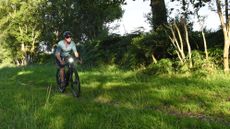
Canyon Grizl:ON CF Daily review: from gravel to groceries, this ebike can do it allOne bike for every occasion, Canyon’s Grizl:ON CF Daily is a versatile steed that just rolls with it, from getting you to and from work to exploring trails on weekends
One bike for every occasion, Canyon’s Grizl:ON CF Daily is a versatile steed that just rolls with it, from getting you to and from work to exploring trails on weekends

Jackery Explorer 1000 v2 review: a low-weight battery juicer for thirsty devicesFuss-free electricity for the great outdoors and household emergencies
Fuss-free electricity for the great outdoors and household emergencies

Bluetti AC240 Portable Power Station review: heavyweight championThe Bluetti AC240 boasts enough juice to power a boat, caravan, RV and home, though not necessarily all at the same time
The Bluetti AC240 boasts enough juice to power a boat, caravan, RV and home, though not necessarily all at the same time
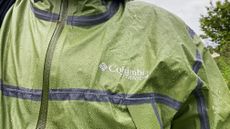
Is Columbia’s OutDry Extreme the best waterproof-breathable material that no one is using?ODX hasn’t revolutionised the outdoor apparel world in the way its creators expected it to – but that could be about to change…
ODX hasn’t revolutionised the outdoor apparel world in the way its creators expected it to – but that could be about to change…

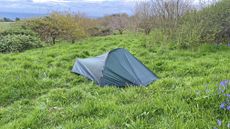
Vango F10 Neon UL1 review: an ultralight tent for fast forays on the wild sideVango’s solo tent is the ideal solo shelter for quick overnight hiking escapades, fastpacking and bikepacking
Vango’s solo tent is the ideal solo shelter for quick overnight hiking escapades, fastpacking and bikepacking